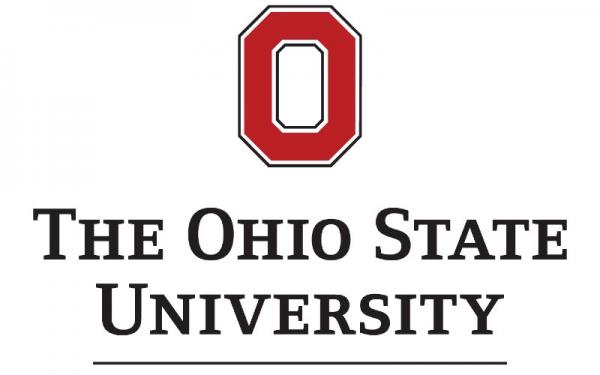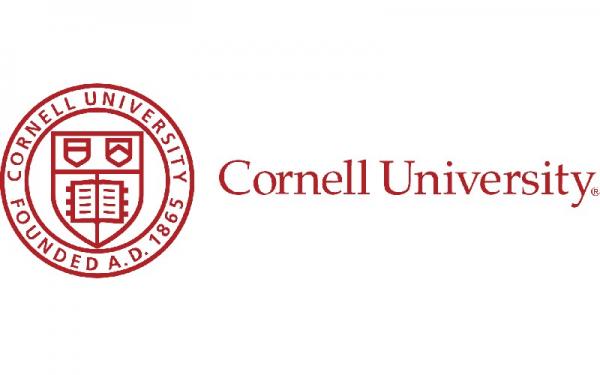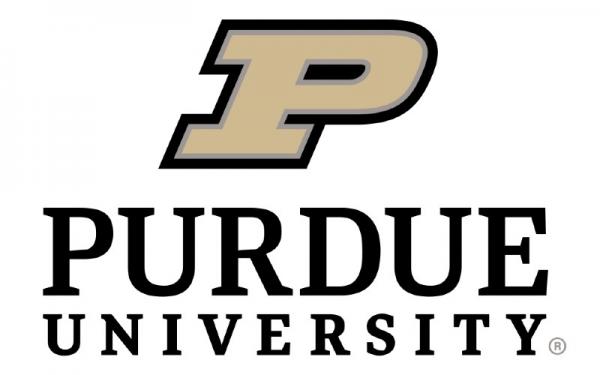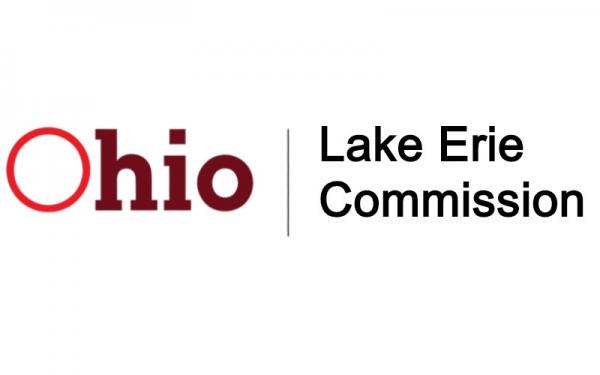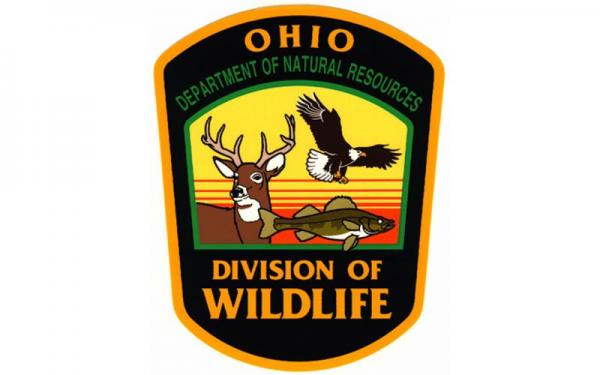HABs & Hypoxia Impacts on Lake Erie Food Webs
There have been many projects at the AEL that have explored harmful algal blooms (HABs) and the related issue of hypoxia and how both of these impact food webs in Lake Erie. See the tabs below for brief descriptions of these projects as well as publications on this subject.
Objectives
- Determine the relative role of top-down and bottom-up processes in regulating zooplankton and prey fish community structure in Lake Erie.
- Quantify the impact of pulsed tributary inputs on habitat quality for planktivorous fishes in Lake Erie’s west basin through analysis of lower food web structure and dynamics.
- Quantify the impact of spatiotemporal variability in tributary plumes and algal blooms on fish habitat quality and distribution.
Management Implications
- HABs can alter key habitat characteristics in freshwater lakes which can lead to a restructuring of zooplankton and fish communities and altered food web interactions. While edible phytoplankton, zooplankton, and fish were present at sites with active Microcystis blooms, significant differences in diet selection were evident between bloom and non-bloom sites. Utilization of the bloom by prey-fishes led to high levels of microcystin toxin accumulation, offering a potential mechanism for transfer of microcystins up the food web to economically important sportfishes in Lake Erie (e.g. walleye and yellow perch). It is also possible that prey-fish use of blooms for foraging could act as a visual refugue from predation.
- The plankton communities within the western and central basins of Lake Erie have changed from 1995 to 2014, with an increasing dominance of cyanobacteria, a decline in the ratio of edible to inedible phytoplankton, but still ample high-quality food available for herbivorous zooplankton. There was also an increase in all major crustacean zooplankton groups in both the western and central basin of Lake Erie.
- There is a clear shift in Lake Erie's central and western basins from a largely planktivorous prey-fish community to one that is more benthivorous (e.g. invasive white perch). This shift appears to have been driven by changes in nutrient loading as well as shifts in predation pressure and the invasion of white perch.
- Seasonal hypoxia has negative effects on prey-fish populations, especially rainbow smelt, which could have negative impacts on top predators like walleye, yellow perch, and salmonines.
- Briland, R.D., J.P. Stone, M. Manubolu, J. Lee, S.A. Ludsin. 2020. Cyanobacterial blooms modify food web structure and interactions in western Lake Erie. Harmful algae 92, 101586. doi.org/10.1016/j.hal.2019.03.004
- Stone, J.P., K.L. Pangle, S.A. Pothoven, H.A. Vanderploeg, S.B. Brandt, T.O. Höök, T.H. Johengen, S.A. Ludsin. 2020. Hypoxia’s impact on pelagic fish populations in Lake Erie: A tale of two planktivores. Canadian Journal of Fisheries and Aquatic Sciences, 77(7): 1131-1148. doi.org/10.1139/cjfas-2019-0265
- Bunnell, D.B., R.P. Barbiero, S.A. Ludsin, C.P. Madenjian, G. Warren, D. Dolan, T. Brenden, R. Briland, O.T. Gorman, J.X. He, T.H. Johengen, B.F. Lantry, T.F. Nalepa, S.C. Riley, C.M. Riseng, T.J. Treska, I. Tsehaye, D.M. Warner, M.G. Walsh, and B.C. Weidel. 2014. Changing ecosystem dynamics in the Laurentian Great Lakes: bottom-up and top-down regulation. BioScience 64(1):26-39. Cover of BioScience Issue. doi.org/10.1093/biosci/bit001
- Scavia, D., J.D. Allan, K.K. Arend, S. Bartell, D. Beletsky, N.S. Bosch, S.B. Brandt, R.D. Briland, I. Daloğlu, J.V. DePinto, D.M. Dolan, M.A. Evans, T.M. Farmer, D. Goto, H. Han, T.O. Höök, R. Knight, S.A. Ludsin, D. Mason, A.M. Michalak, R.P. Richards, J.J. Roberts, D.K. Rucinski, E. Rutherford, D.J. Schwab, T. Sesterhenn, H. Zhang, and Y. Zhou. 2014. Assessing and addressing the re-eutrophication of Lake Erie: central basin hypoxia. Journal of Great Lakes Research 40(2):226–246. doi.org/10.1016/j.jglr.2014.02.004
- Hawley, N., T.H. Johengen, Y.R. Rao, S.A. Ruberg, D. Beletsky, S.A. Ludsin, B.J. Eadie, D.J. Schwab, T.E. Croley, and S.B. Brandt. 2006. Lake Erie hypoxia prompts Canada-U.S. study. EOS Transactions 87(32):313-319. doi.org/10.1029/2006EO320001
Collaborators
- Stuart Ludsin, Faculty, Aquatic Ecology Lab, Department of Evolution, Ecology, and Organismal Biology
- Jim Hood, Faculty, Aquatic Ecology Lab, Department of Evolution, Ecology, and Organismal Biology
- Manju Manubolu, Postdoc, Aquatic Ecology Lab, Department of Evolution, Ecology, and Organismal Biology
- Ken Riedl, Senior Research Scientist, Department of Food Science and Technology
- Joshua Stone, former postdoc, Aquatic Ecology Lab, Department of Evolution, Ecology, and Organismal Biology
- Ruth Briland, former graduate student, Aquatic Ecology Lab, Department of Evolution, Ecology, and Organismal Biology
- Warren Currie, Research Scientist, Great Lakes Laboratory for Fisheries and Aquatic Sciences (GLLFAS)
- Kelly Bowen, Aquatic Habitat Biologist, GLLFAS
- Mohi Munawar, Phytoplankton Research Scientist, GLLFAS
- Heather Niblock, Aquatic Science Biologist, GLLFAS
- Morgan Piczak, GLLFAS
- Katelyn Bockwoldt
- Joel Hoffman
- David Bolgrien, Watersheds & Water Resource Branch Chief
- Anne Cotter
- Thomas Hollenhorst
- Terri Jicha
- Anne Ospeth
- Lars Rudstam, Faculty
- James Watkins, Senior Research Associate
- Paris Collingsworth, Research Asst Professor
- Tomas Höök, director Illinois-Indiana Sea Grant
- Tom Johengen, Director Michigan Sea Grant
- Steven Pothoven, Fishery Biologist
- Henry Vanderploeg, Research Ecologist
Funding Sources
Investigators
Stuart Ludsin, Professor, Director Fish Management in Ohio Partnership with ODNR
Jim Hood, Associate Professor
Manjunath Manubolu, Postdoctoral Researcher
Joshua Stone, Former Postdoctoral Researcher
See below for more collaborators on this project

